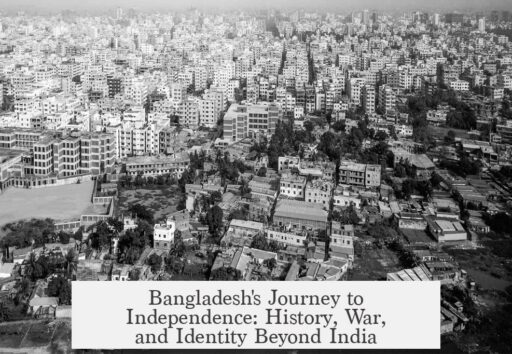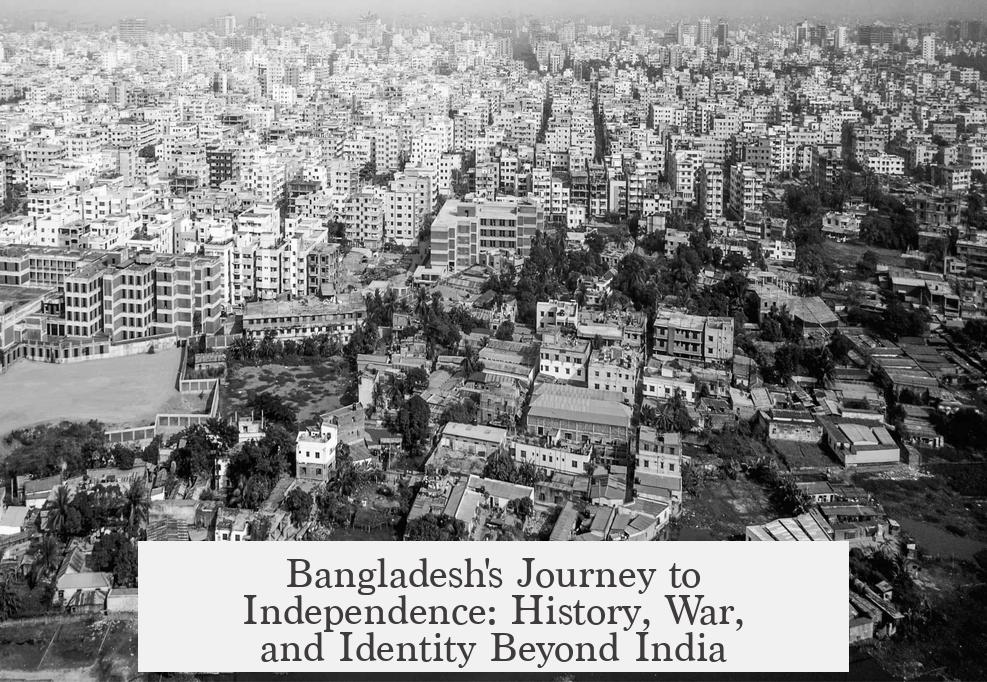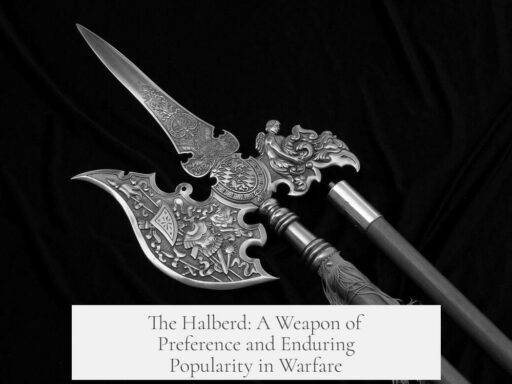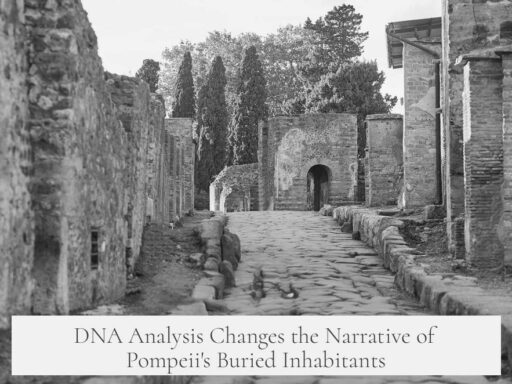Bangladesh is independent and not part of India because it was originally part of Pakistan, not India, following the 1947 partition based on religious lines. The area known as East Pakistan became Bangladesh after a war of independence in 1971.
In 1947, British India was divided into two countries: India and Pakistan. This division was primarily along religious lines. India became a secular nation with a Hindu majority, whereas Pakistan was created as a Muslim-majority state. Pakistan consisted of two geographically separate parts: West Pakistan (modern-day Pakistan) and East Pakistan (now Bangladesh). Despite East Pakistan having a larger population, political power was concentrated in West Pakistan.
The arrangement caused tensions due to disparities in political representation and economic resources. West Pakistan’s reluctance to allow East Pakistan full political rights, fearing loss of control, worsened the divide. East Pakistan’s demand for autonomy increased, especially after the denial of universal suffrage that would have empowered them politically.
This political discord led to the Bangladesh Liberation War in 1971. The conflict involved severe human rights violations, including widespread atrocities that are recognized as genocide. India supported East Pakistan’s struggle for independence, seeing it as a way to weaken its rival, Pakistan.
After the war, East Pakistan declared independence and became Bangladesh. India recognized Bangladesh as a separate sovereign country. It chose not to reincorporate Bangladesh into India, respecting its distinct national identity and the outcome of the independence movement. This created three separate countries instead of merging Bangladesh with India.
- 1947 Partition created India and Pakistan, with Bangladesh as East Pakistan.
- Religious differences led to separate nations; India secular, Pakistan Muslim-majority.
- East Pakistan was politically marginalized despite its population size.
- Political repression sparked Bangladesh’s independence war in 1971.
- India supported Bangladesh’s independence but did not annex it.
- Bangladesh stands as an independent nation due to these historical and political events.
Why is Bangladesh Independent and Not Part of India?
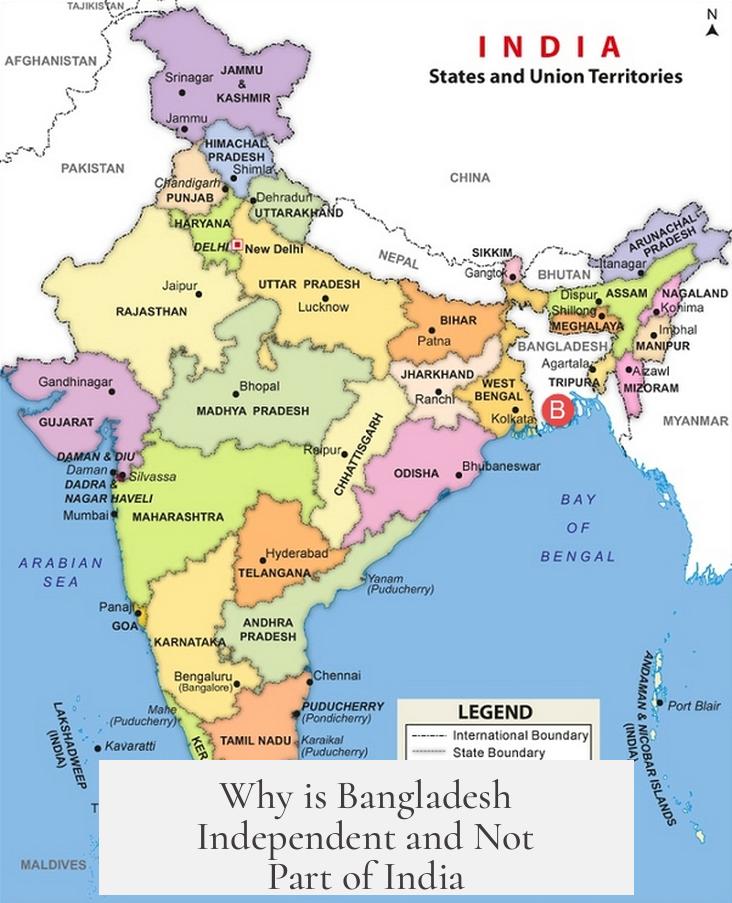
Bangladesh is independent today, not part of India, because it was originally East Pakistan after the 1947 partition of British India along religious lines, and later fought a separate war of independence from West Pakistan in 1971 to become its own country. Simple enough? Let’s unpack this layered story.
Picture the Indian subcontinent before 1947—a vast territory under British colonial rule, vibrant and diverse with multiple religions and languages. When the British decided it was time to leave, they carved India into different countries, mainly India and Pakistan. This wasn’t a neat cut, but one based on religion.
India emerged as a secular nation with a Hindu majority population, while Pakistan was created as a homeland for Muslims. Pakistan itself was split geographically into two wings: West Pakistan (present-day Pakistan) and East Pakistan (now Bangladesh), separated by about 1,600 kilometers of Indian territory!
The Birth of East Pakistan and Political Imbalance
So why wasn’t East Pakistan just made part of India? Because the partition specifically grouped Muslim-majority areas (including East Pakistan) into Pakistan. Despite the geographical disparity, East and West Pakistan were considered one country.
However, the connection was far from harmonious. East Pakistan had a much larger population than West Pakistan but no equal share in political power. Guess where the power was? All in West Pakistan, the historic seat of government.
Imagine having the bigger slice of cake but watching someone else eat it all. East Pakistan felt ignored and politically discriminated against. Pakistan’s ruling elites in the west feared giving universal voting rights because that would shift power to the eastern side. This built a boiling resentment over time.
The Breaking Point: War and Liberation
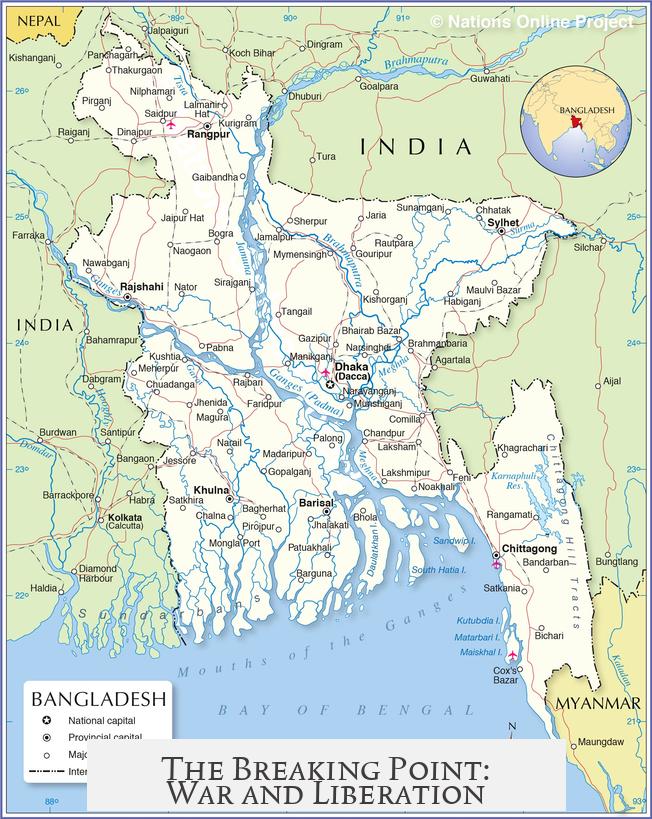
By 1971, frustration exploded into a full scale crisis. East Pakistanis demanded autonomy and fair treatment. West Pakistan’s refusal to grant it led to open conflict, brutally known as the Bangladesh Liberation War. This war included horrific events like genocide and mass atrocities, deeply scarring the region.
India stepped in, supporting Bangladeshi independence, aiming to weaken Pakistan strategically. The war ended with East Pakistan’s victory, giving birth to independent Bangladesh.
Why Didn’t Bangladesh Just Rejoin India?
Here’s the key point: India was crucial in supporting Bangladesh’s independence but never intended to merge Bangladesh back into India. That might surprise you.
India had geopolitical interests—weakening Pakistan’s hold. But Bangladesh’s identity was distinct; its people wanted self-rule, not to be absorbed into another country. Moreover, India respects the sovereignty of its neighbors. So, from the partition onward, the subcontinent transitioned into three independent countries: India, Pakistan, and Bangladesh.
Historical Context Around Partition
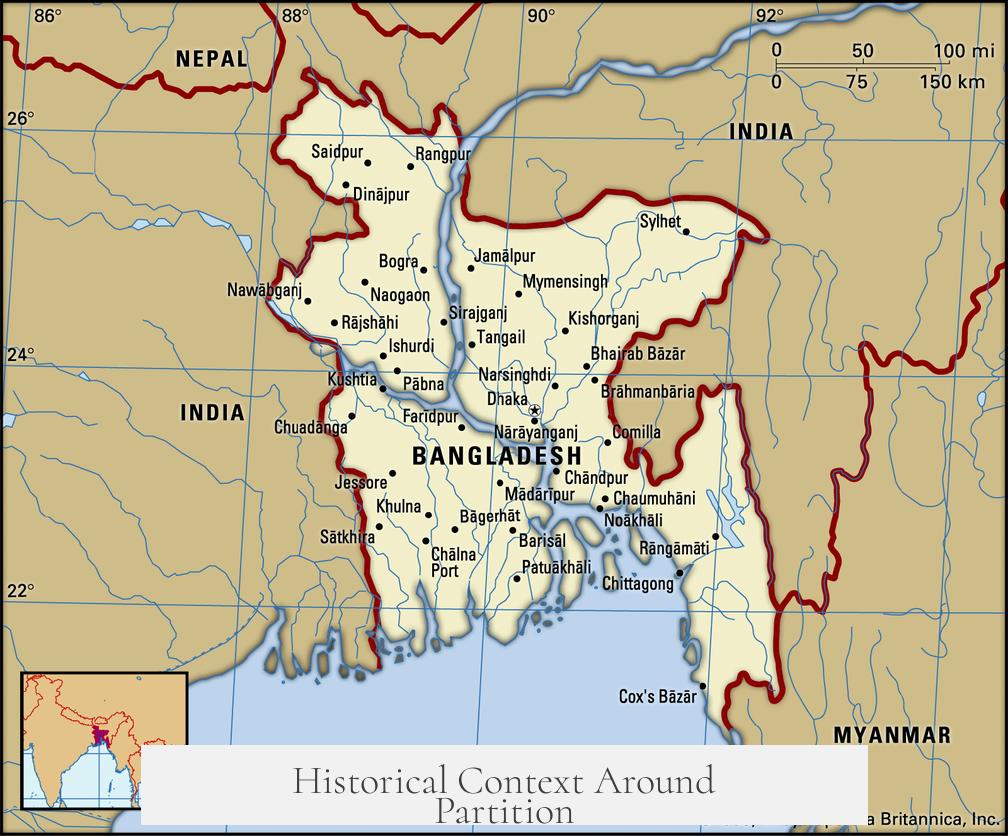
The roots of partition trace back further. The British colonial government had complex dealings with religious minorities during the 1932 Round Table Conferences. They granted separate political status to Muslims, Sikhs, Christians, Parsis, Buddhists, Jains, Dalits, and Adivasis, which set early precedents for divided governance along communal lines.
This framework influenced how independence was structured in 1947, sowing seeds for future divisions like those between East and West Pakistan.
What Can We Learn From This?
- Religious and political identities don’t always guarantee unity: Even sharing a religion (Islam) didn’t keep East and West Pakistan united.
- Geography matters: Physical distance between East and West Pakistan created a political nightmare.
- Equality in representation is crucial: Power imbalance can break even the strongest unions.
- International support can influence outcomes: India’s support was pivotal in Bangladesh gaining freedom but didn’t mean annexation.
- National identity is complex: Bangladeshis crafted their own separate identity rather than joining India.
Some Food for Thought
What if initial partition didn’t separate East and West Pakistan? Would Bangladesh have become independent or remained part of a united Pakistan?
Could India have peacefully absorbed Bangladesh post-1971? Realistically, probably not—respecting sovereignty and self-determination are pillars of modern diplomacy.
Also, Bangladesh’s liberation reminds us that freedom sometimes demands sacrifice, war, and international alliances.
Wrap Up
In short, Bangladesh’s independence and separate existence from India result from unique historical, religious, political, and demographic forces dating back to the 1947 partition and culminating in the 1971 Liberation War. The creation of East Pakistan as a Muslim-majority territory separate from secular India laid the groundwork. Political neglect and an unwilling West Pakistan elite pushed East Pakistanis to fight their own war. India’s role was instrumental but limited to support and respect for sovereignty.
So next time someone asks, “Why is Bangladesh its own country and not part of India?” you can tell the fascinating story of partitions, power struggles, a bitter war, and a distinct national identity forged amid challenge.
